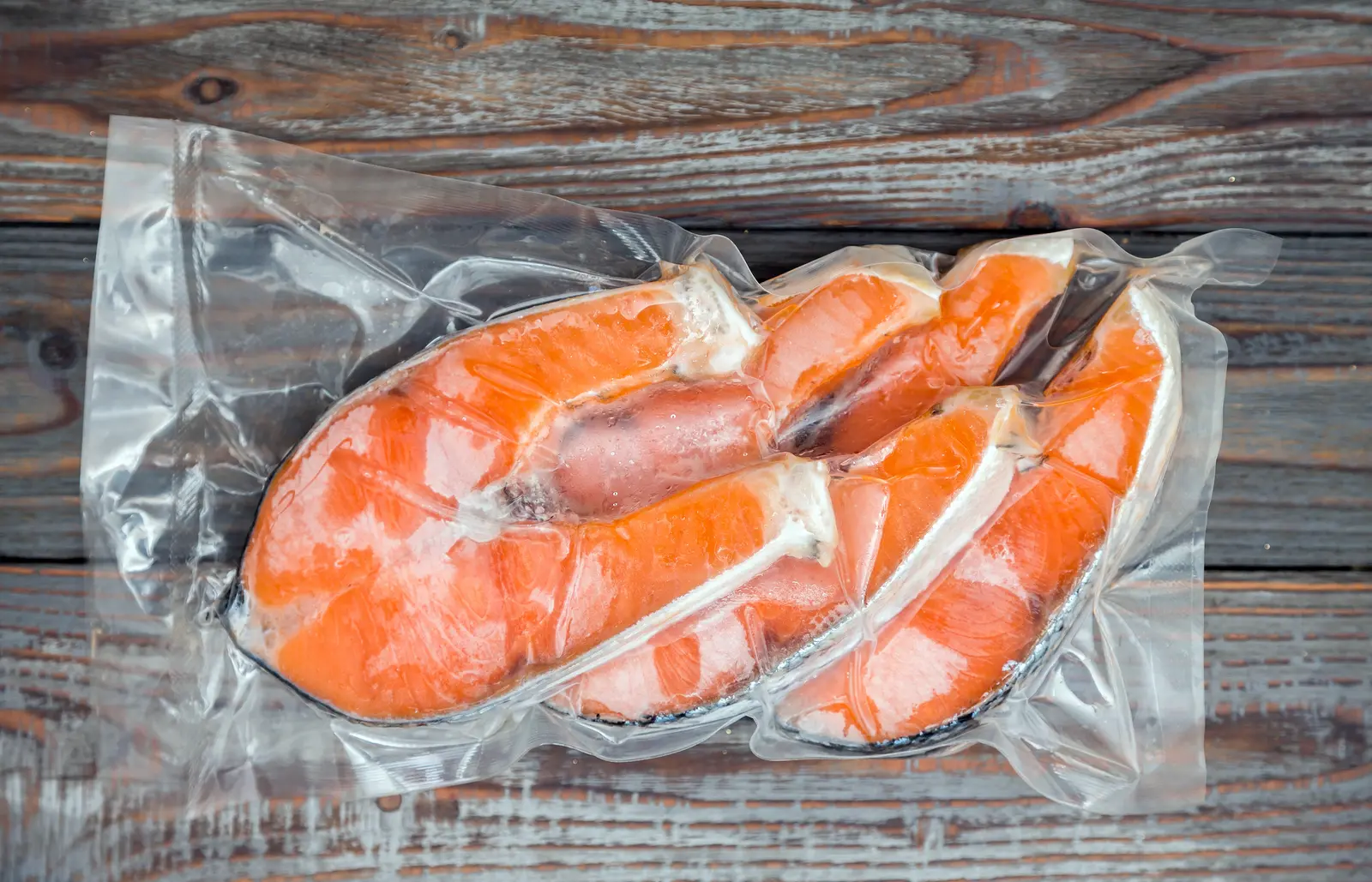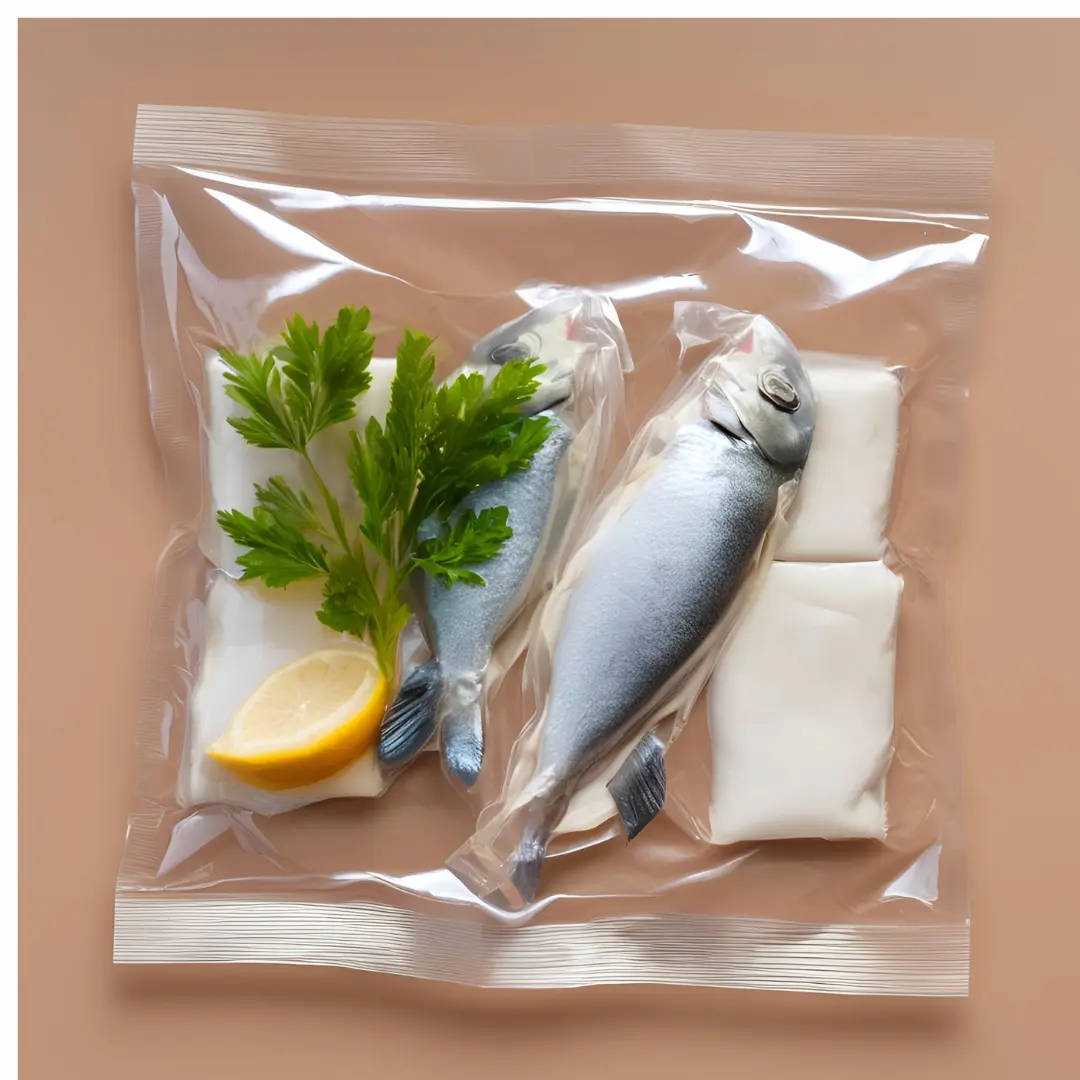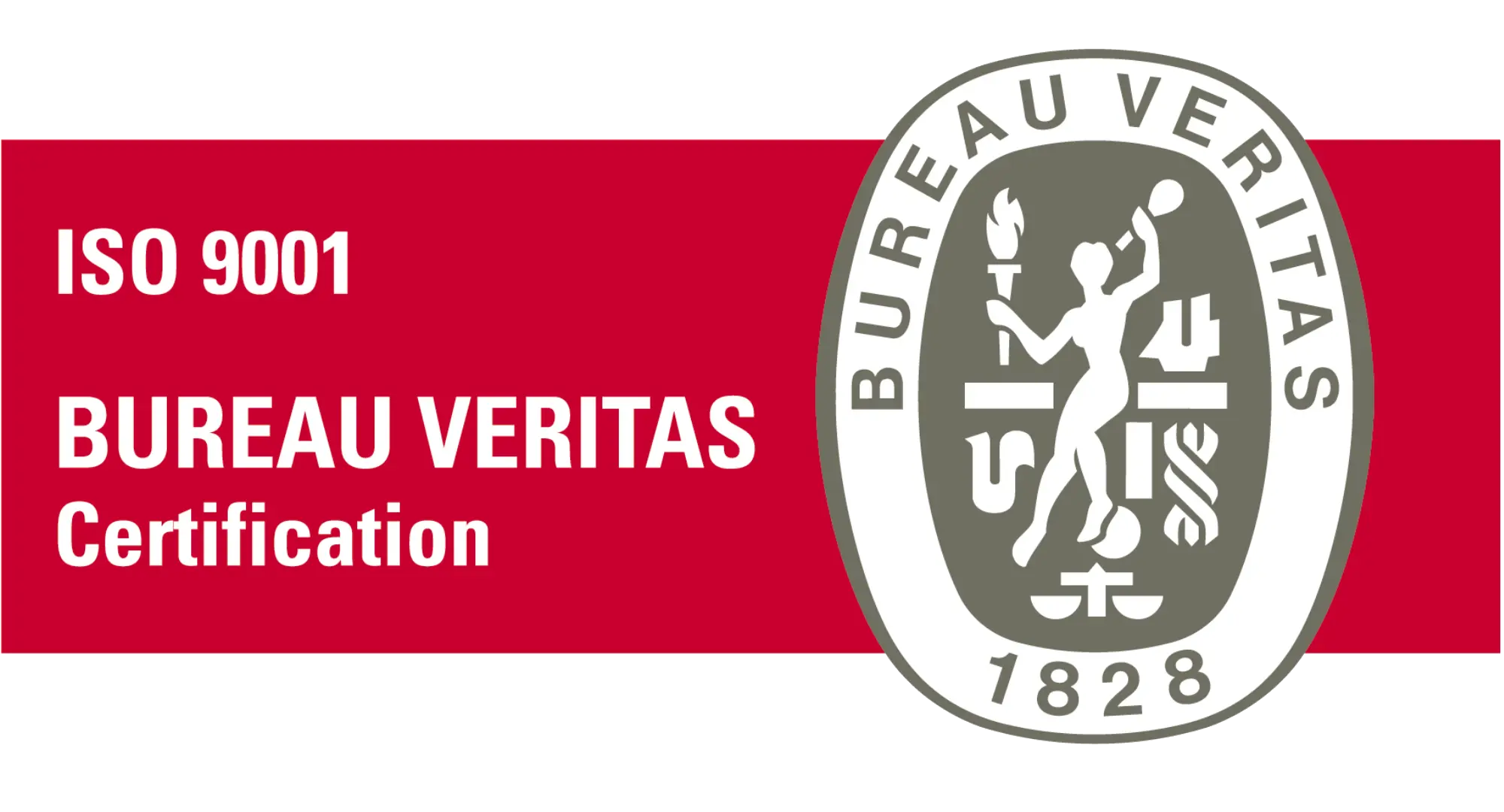You have probably already heard of vacuum packaging, a technique that has become popular and has proven its effectiveness, making it very simple to implement at home.
This method consists of extracting the air around a product and sealing it inside a container that protects it from various contaminants. This process is used to prolong the shelf life of food. In this way, it prevents spoilage that would normally occur when in contact with the environment.
In this article, we will explain this technique in detail and discuss the properties and advantages it could offer you. Would you like to find out more? Read on!

Importance of vacuum packaging for fish and seafood
When it comes to seafood, preserving freshness is key to maximising flavour and maintaining nutrients. However, achieving this can be a huge challenge, as contact with air, humidity and temperature variations can accelerate spoilage.
In view of this, vacuum sealing or vacuum packaging plays an extremely important role. This method, in addition to extending the shelf life of fish and seafood, helps to preserve their nutritional profile and organoleptic characteristics for much longer.
How to vacuum pack fish at home: a complete guide
Step 1: Get the fish ready
- Cleaning and drying of fish: To begin with, you need to clean the fish properly with warm running water. This will remove scales, dirt, and any remaining residue. Then use paper towels to dry and remove excess moisture.
- Separate into portions and remove skin and bones: If it is more practical for you, remove the skin and bones, and cut the fish into desired portions. Note that this step is not essential, but if the fish is large, you can consider it and put it into practice.
Step 2: Select the right packaging material
- Vacuum sealing bags: to perform this procedure correctly, try to use vacuum sealer bags that are specifically designed for this purpose. In this way, you will preserve the moisture of the food and ensure optimal sealing.
- Appropriate measureat this point we recommend you to choose the size of the bags according to the size of the fish you are going to seal. Do not fill the vacuum sealer bag to the maximum, and try to leave enough space on both sides of the fish. This way you will get a proper vacuum sealing.
- Pre-cut bags or roll of bagsChoose between pre-cut bags or rolls for vacuum packaging your fish or seafood products. Pre-cut bags are practical, but rolls allow you to adjust the size of the bags according to your needs. In case your vacuum sealer has an integrated bag cutter, it is advisable to use a roll of bags.
Step 3: Vacuum packaging
- Put the food in the bag: Carefully place the fish pieces in the vacuum bag. Do not overfill the bag to ensure proper sealing and prevent air bubbles from forming.
- Put the bag in the vacuum packer: If you are using an external vacuum sealer, place the opening of the bag in the device, making sure it is aligned and securely fastened. For a chamber vacuum sealer, simply place the bag inside the chamber.
- Choose the vacuum packaging mechanism: selects the appropriate vacuum packaging method for the fish, usually the wet mode. This option will adapt the vacuuming to prevent the food from being crushed.
- Start with vacuum packagingLower the lid of the sealer and start the packaging process. The equipment will remove the air, resulting in an airtight seal around the fish.
- Make sure there are no leaks: When you finish the vacuum packaging cycle, check the bag for punctures. If you find a leak, repeat the process and consider using a new bag.

Step 4: Labelling and storage
- Label the bags: consider adding labels with the date of sealing, the product and any other information you consider relevant.
- Stores vacuum-packed fish: Depending on how long you want to keep it, store vacuum-packed food in the refrigerator or freezer. This method of preservation can help you store fresh fish for up to two years in the freezer and up to two weeks in the refrigerator.
Conclusion
Finally, vacuum packaging facilitates tidiness and space optimisation in the fridge or freezer. At the same time, it protects food from bacteria and mould by removing oxygen, preserving its moisture, flavour, aroma and nutritional value. Additionally, marinating food prior to packaging can intensify its flavour when cooking.







